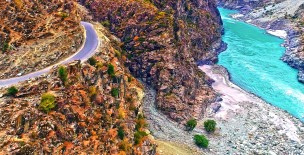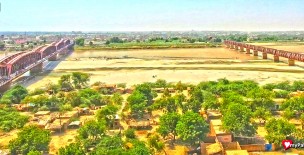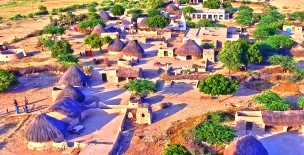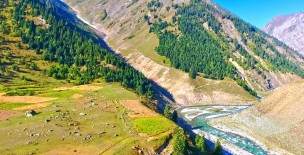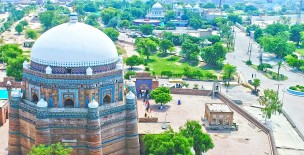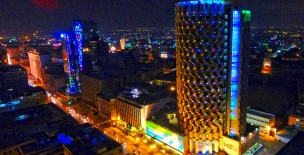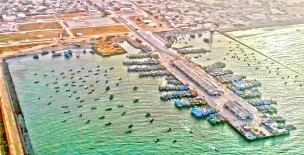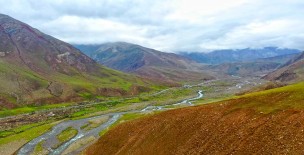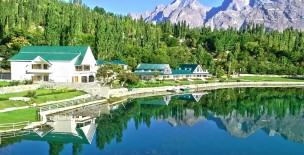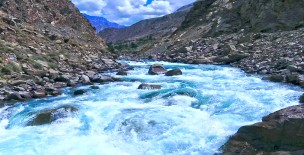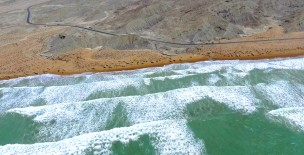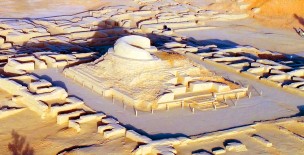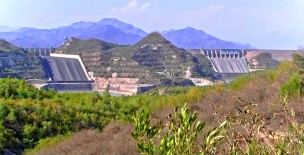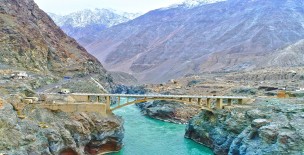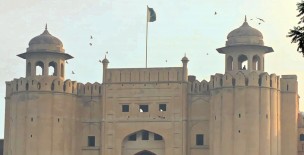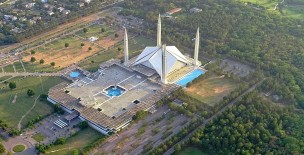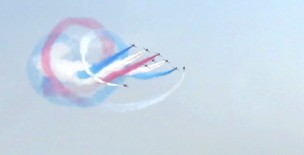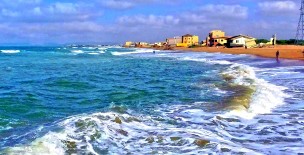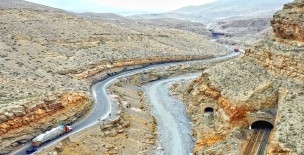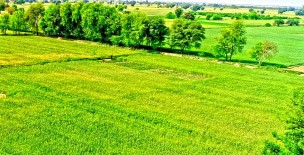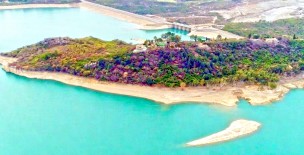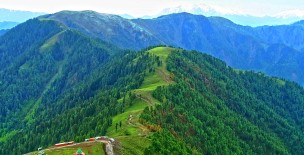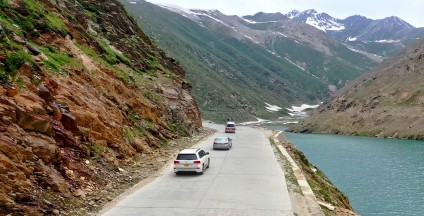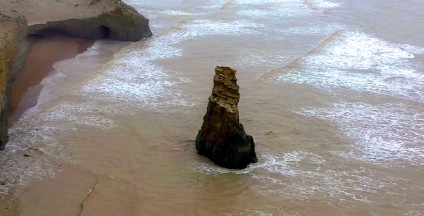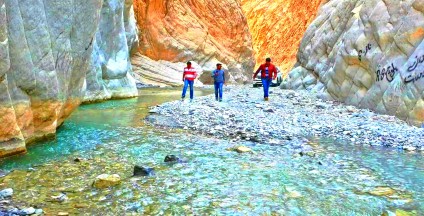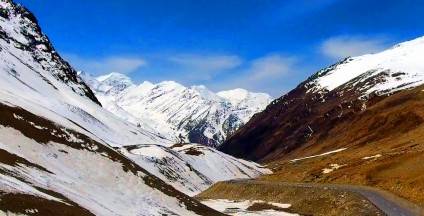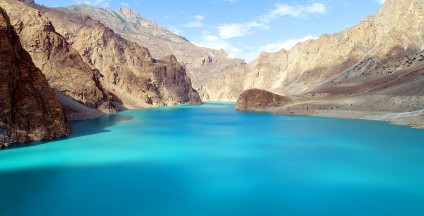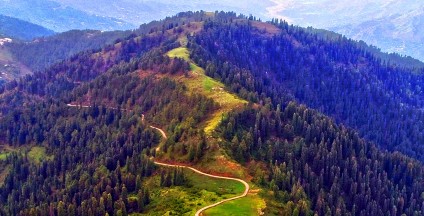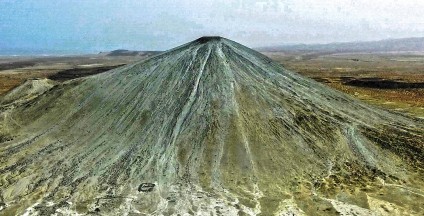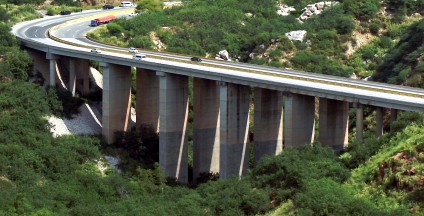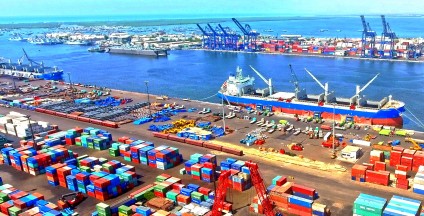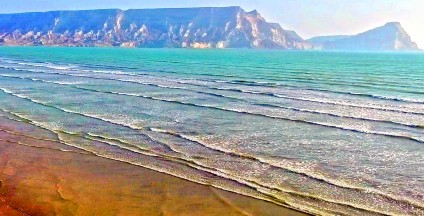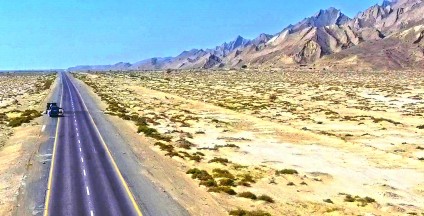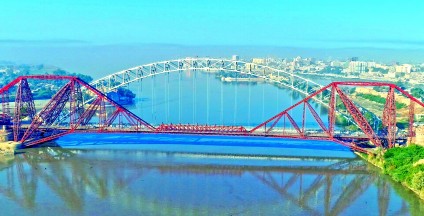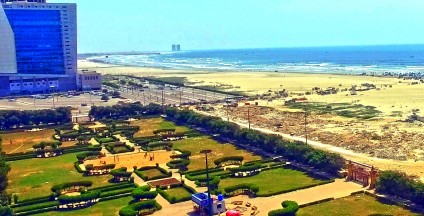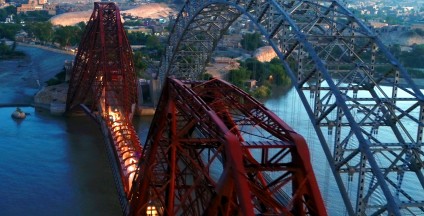Originating in the Tibetan plateau in the vicinity of Lake Mansarovar, the Indus river forms the Sapta Sindhu ("Seven Rivers") delta in the Sindh province.
Indus river, at one time, was named as Satnad River (sat = seven, nadi = river) as the river was carrying the waters of Kabul River, Indus River and the five rivers of Punjab, i.e. Jhelum, Chenab, Ravi, Beas and Sutlej.
The total length of the river is 3200 km (1988 miles). The river has a total drainage area exceeding 450,000 square miles. The river's estimated annual flow stands at around 207 cubic kilometres.
The Indus is, by volume, the largest exotic river (one that mainly flows through a country from which it receives no water) in the world. It is one of the few rivers in the world that exhibit a tidal bore.
The flow of the river is also determined by the seasons - it diminishes greatly in the winter, while flooding its banks in the monsoon months from July to September.
There is also evidence of a steady shift in the course of the river since prehistoric times - it deviated westwards from flowing into the Rann of Kutch. It is the Official and National River of Pakistan in Urdu as Qaumi Daryaa.
Pakistan's fifth largest city, Hyderabad, lies about 130 miles north of the mouths of the Indus. There are no large cities on the delta south of Hyderabad. Karachi, the largest city, lies west of the delta on the coast of the Arabian Sea.
Near the large delta the river distributes into many marshes, streams and creeks and meets the sea at shallow levels. Here marine fishes are found in abundance, including pomfret and prawns.
The palla (tenualosa ilisha), a type of shad, is the most important variety of freshwater fish caught in Sindh. In February and March the fish ascend the Indus River in large numbers for spawning.
The Indus River Delta is an important region for migrating water birds, and is an area rich in freshwater fauna. Fish found in the delta include the Hilsa, Indus baril, Indus garua (a catfish), and the giant snakehead.

